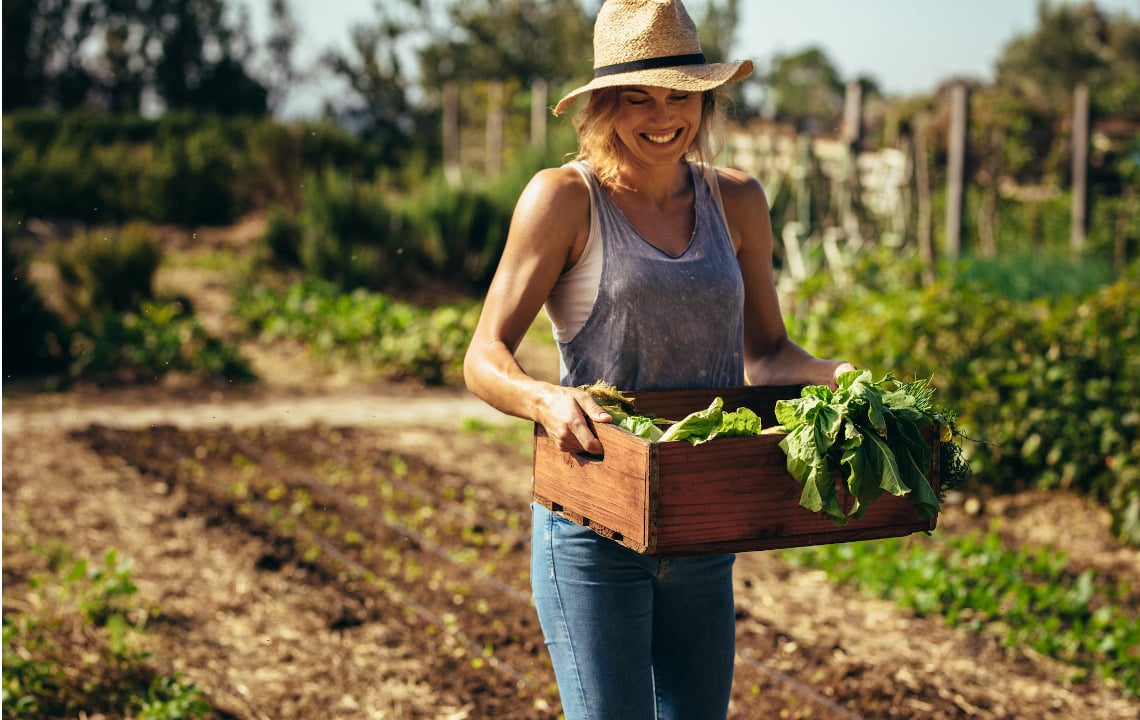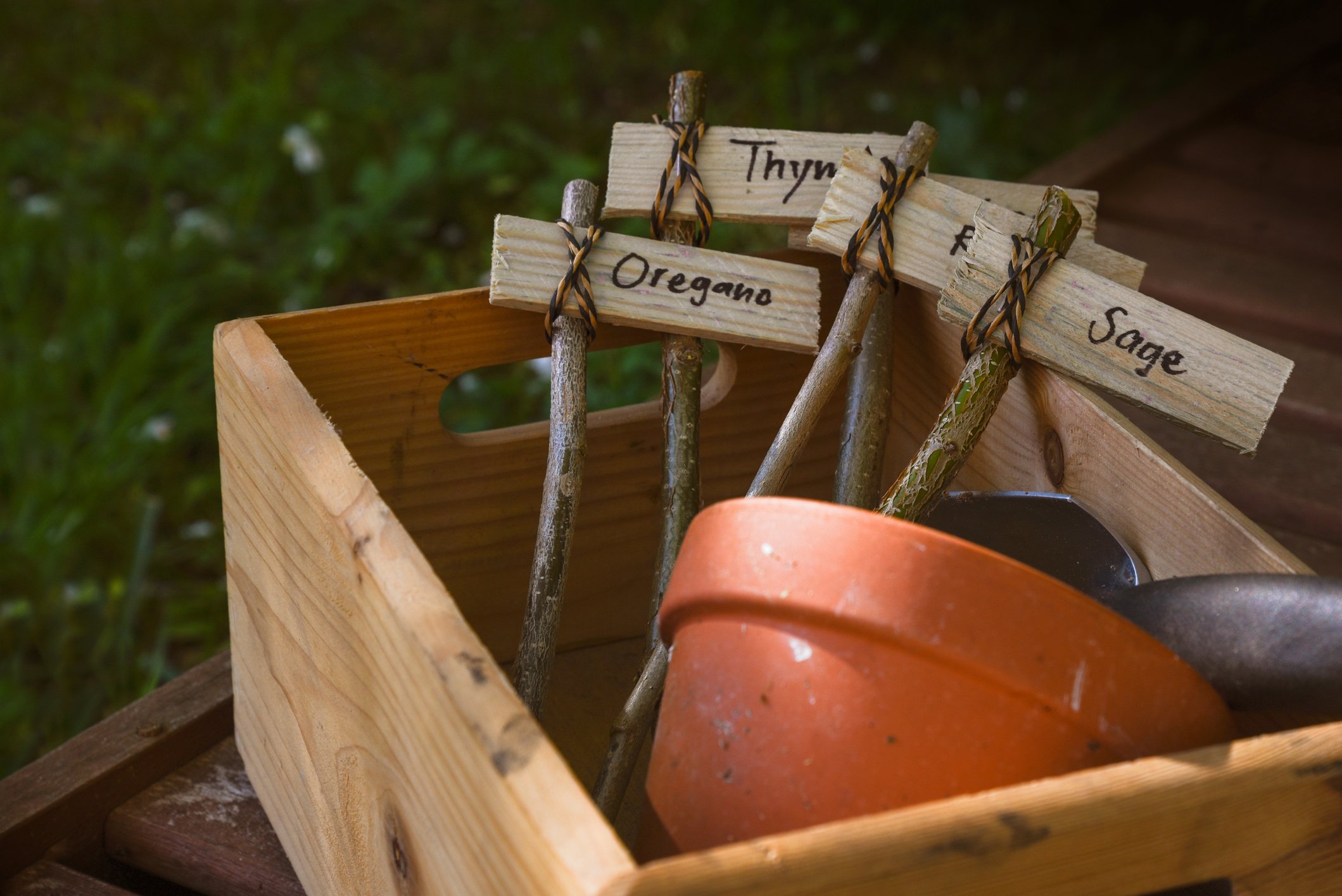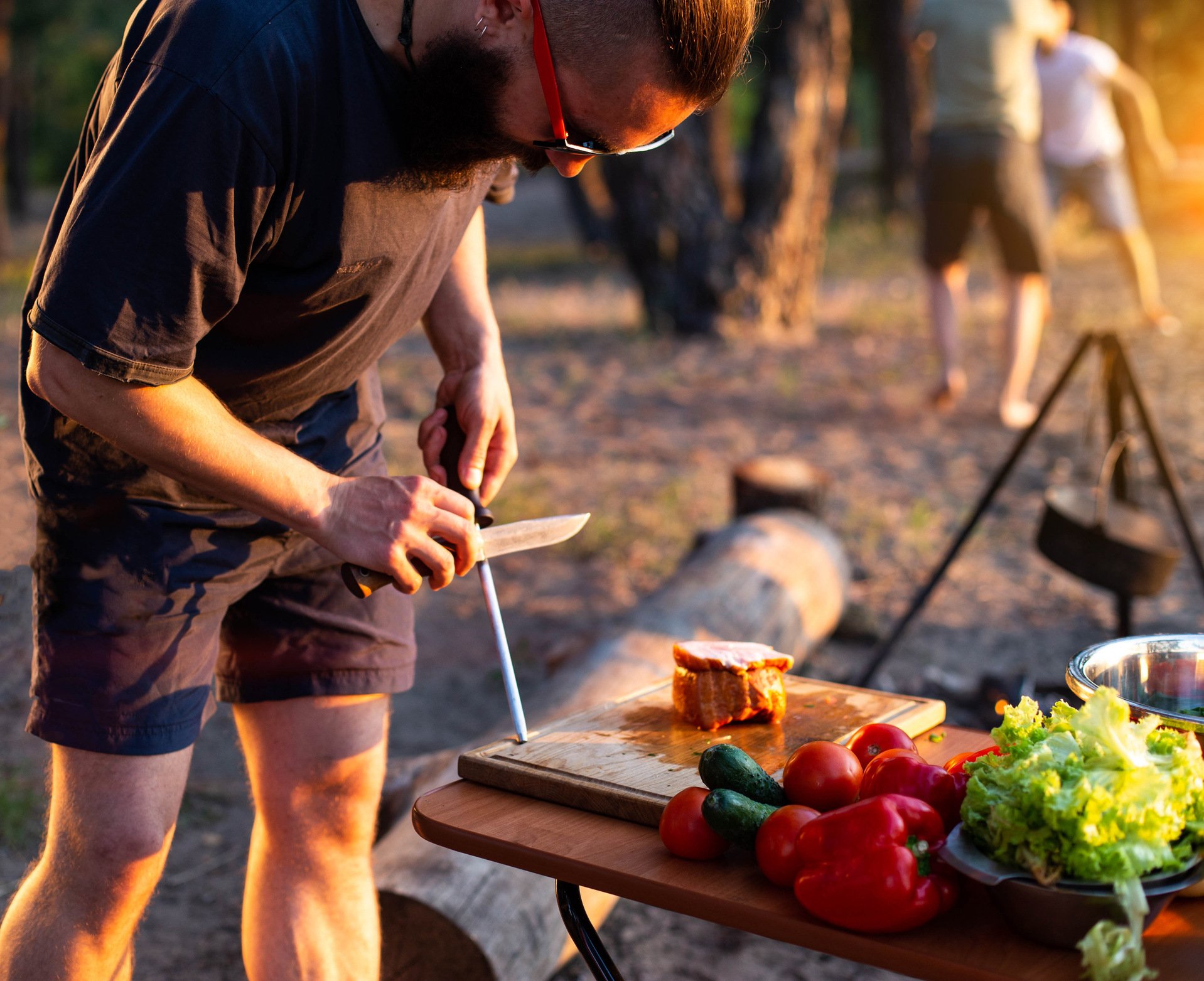Can you cook gourmet food when you live in a rural area? Of course, says chef Kristen Boye, who shares some of her secrets to getting those hard-to find ingredients, even if you are out in the sticks.
Are you a gourmet or health nut at heart?
Does the thought of rural living and getting back to nature appeal to you…until you realize the nearest Whole Foods Market could be up to an hour (or more) away?
nearest Whole Foods Market could be up to an hour (or more) away?
You’re not alone.
I’m a natural foods chef. I trained in New York City and ran a private cooking and teaching business for Atlanta’s health-conscious elite. I was using coconut oil before it was trendy and baking gluten-free goodies before anyone could buy them in stores.
To me, specialty foods (and the markets that house them) are essential to quality living.
When my husband proposed I move in with him (10 years ago), I jumped at the opportunity, even though it meant moving an hour away from civilization -- and all its finest gourmet stores.
Had it not been true love, I might have thought twice.
Instead, I turned to the internet to help keep my foodie habits alive and strong. Once I discovered the best resources, I ended up saving time, money, and met some new friends in the process.
Here’s how I’ve managed to stay gourmet after 10+ years of rural living, and how you can too:
1. Learn where to shop online:
Here are some of my key online sources for gourmet food:
Thrivemarket.com
This is the Costco of natural/gourmet foods. You pay a yearly membership for 25-50% off the types of foods you’d normally buy at natural and gourmet stores.
I bought a membership for a friend recently and she loves the selection, convenience, and prices.
Not so sure? They offer a 30-day free trial to test them out.
Vitacost.com
This is a go-to resource for non-membership discounts on natural foods, gourmet foods, supplements, and personal care products.
They offer free shipping on orders over $50 and great promotions when you sign up via email. Use your Ebates account to save even more.
Wisechoicemarket.com—If you’re a real food purist or into paleo, low-carb, or gluten-free living, you MUST check out this site. From homemade bone broths and fermented everything, to soaked nut butters and coconut oil potato chips…this is clean eating heaven.
Free shipping on orders over $175.
Blueapron.com
Instead of lamenting over lackluster takeout, try this. Gourmet takeout options may be limited with a rural address, but that doesn’t mean you can’t split the difference.
Blue Apron is a new service that provides high-end, seasonal recipes and all the freshest pre-portioned ingredients you need to create your own outstanding family meal at home.
Think gourmet-cooking-for-dummies…delivered. And it’s surprisingly affordable and FUN!
With customized menu planning, no commitment or contracts, and seasonal recipes like Parmesan-Crusted Chicken Cutlets with Kale, Hazelnut Caesar Salad, or Tom Yum Shrimp and Fresh Rice Noodles, you’ll be happy to toss the takeout menus and learn some new cooking skills.
2. Start or join a co-op:
Once a throwback to the hippie era, co-ops are back and becoming wildly popular among young families.
Why? 3 Reasons:
1. Selection—A good co-op offers a massive selection of natural, organic, and gourmet foods and personal care products.
2. Incredible savings—Depending on the co-op, you can expect to save 25-75% off retail prices.
3. Convenience—If you’re the co-op manager, the items are delivered right to your door. With other co-ops, you meet in a predetermined location to pick up your items, write a check, and you’re done.
The catch?
You have to seek out an existing co-op (which is easy online) OR start one yourself, in which case you have to recruit a certain number of members to qualify as a buyer’s club.
A couple co-ops we use on a regular basis are:
- Frontier Co-op—For wholesale prices on personal care products, bulk teas, coffee, herbs, seasonings, baking goods, aromatherapy, natural remedies, baby food, eco-friendly clothing, and personal care products.
- Click this link for info on how to start your own buying club. You need 5 households to qualify for wholesale prices. There is no minimum order, and they offer free shipping on orders over $250.
- Azure Standard —For pretty much any natural foods, natural remedies, and personal care products you’ve become accustomed to, from coconut oil and pastured eggs, to raw honey, game, produce, wild seafood, bread, and gourmet cheeses.
The prices are amazing. We order, pay online, and pick up our food from the back of their semi-truck that passes through here once a month. It’s so easy and CHEAP.
Insider tip: With any co-op, do yourself a favor and order a paper catalog. With thousands of items and brands to choose from, browsing online can become daunting.
3. Find a convenient CSA within minutes:
You’re living in the country, why not patron neighboring farms by joining a Community Supported Agriculture (CSA) or box program?
With a CSA, you pay a yearly or monthly membership to shop one or several local farms. From there, you receive either a pre-determined box of produce/food stuffs once a week, or you get to choose what goes into your box.
Some farms will even let you harvest your own vegetables!
Some CSAs have several farm suppliers, which allows you to fill your box with your choice of local fruits, vegetables, pasture-raised meats, milk, honey…even cheeses.
CSAs are convenient, affordable, and support the local economy and local food movement.
To find the best CSA for your family, visit: www.localharvest.org or www.eatwild.com.
Rural living—more specifically rural eating—is not what it used to be. Despite the distance to a major city, you can eat better, fresher, more gourmet, and (dare I say) cheaper in the country than the city.
Once you get organized, it takes less time and effort than fighting traffic…or fighting with another stressed out person over the last pasture-raised, certified-humane organic chicken.
What are your favorite resources for gourmet eating in the country? Is there a co-op, website, or resources we’ve left out?
Please share your foodie-wisdom in the comments section below.

























